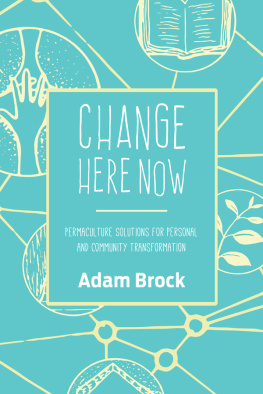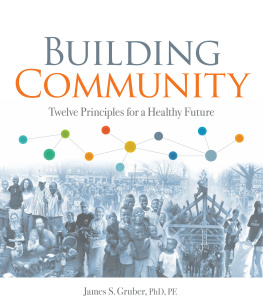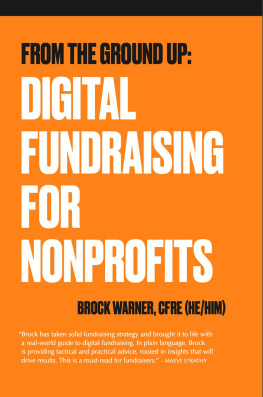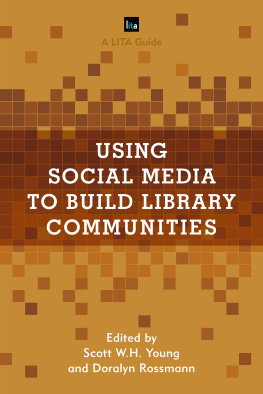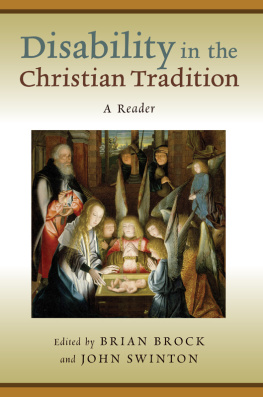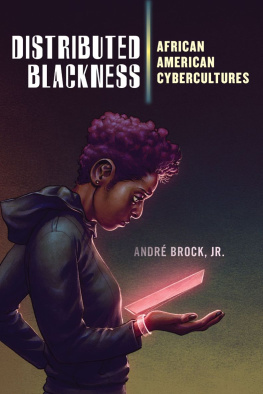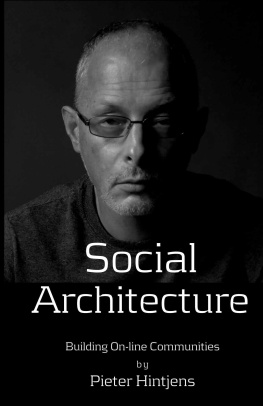
Part 1
Vision for a Permanent Culture
W hat does your perfect world look like? Im not talking about a less-bad world sketched out in policy prescriptions or optimistic statistics. Nor am I referring to a technological wonderland envisioned by some twentieth-century sci-fi author or twenty-first-century tech entrepreneur. No, I mean the world that you, and only you, can envisionthe world that you know to be the fulfillment of humankinds highest potential as a species.
For me, that world is one in which every person performs meaningful labor. Where every family has the ability to prosper if they work hard. Where one persons success doesnt mean anothers oppression. A world where elders are revered and women are empowered, and where a multiplicity of skin tones, ethnic traditions, and gender identities are able to thrive. Its a world where local communities have control over their own affairs and manage them responsibly, with their grandchildrens grandchildren in mind. Where communities are seamlessly embedded within the ecosystems around them. Its a world that understands and respects natural limits on local and global scales, a world thats learned how to balance individual agency with collective responsibility for each other and our shared home.
Perhaps your perfect world looks different. Each one of us, after all, has our own priorities of growth and change. Our imaginative impulses send us in all kinds of different directions, and our life experiences give us vastly different perspectives on societys problems and opportunities. Regardless of the specific substance of your perfect world, however, it probably seems pretty distant right now. From the ballot box to the global climate, we live in a time of unparalleled turmoil. Every day seems to bring news of another act of unprecedented violence, another natural disaster, a worsening of one ongoing crisis or another. Under these circumstances, visions of a perfect world might seem not only far-fetched but also embarrassing to even contemplate.
Yet its now, more than ever, when we need these visions to guide us. Its true that things are likely to get worse before they get better. Much of our vision will remain unrealized during our lifetimes, and perhaps for several generations to come. But whether or not we even get there at all is only part of the point. Because back in the here and now, we need goals to guide our actions, targets to rally around. And if all were striving for is less bad, then thats all we can ever hope to achieve. This book makes the case that no progressincremental or revolutionarycan occur without a long-term vision of what were after. This first section of the book lays out a series of patterns explaining one possible vision, guided by a few core premises.
Premise number one is that humans are part of nature, and nature creates abundance. As much as we like to tout our own exceptionalism, its hard to deny that Homo sapiens is just one species of millions, all of us sharing the thin crust of a planet hurtling through cold space. Without collaboration and stewardship of that thin film of life, were toast. Fortunately, were surrounded by ecosystems that, despite challenging conditions, have managed to thrive for billions of years. Abundance is what nature does best, and its used that abundance to weather untold challenges over the eons.
Humans are part of natureand always have been. But despite having natures abundance on our side, our operating system has been infected with code that erodes this abundance. That brings us to the second premise, that our current political-economic system is unsustainable and headed toward collapse. Like a parasitic virus destroying its host, our elite-controlled global economy is consuming the very foundations of life we need to survive: natural resources like fossil fuels and fresh water, to be sure, but also local economies, networks of mutual aid, and shared narratives of meaning. These parasitic dynamics have been operating for decadesin some cases, centuriesbut in the last several years theyve become increasingly impossible to ignore. Our addictions to control and growth are still largely absent from civil discourse, but theyre lurking in the subtext of just about every headline. Across the globe, example after example of civil unrest, repressive regimes, and economic instability can be tied to the social and environmental stress caused by attempting infinite growth on a finite world.
Recognizing the dire situation were in, tens of millions of people across the world have dedicated their time and money to addressing issues of violence, poverty, climate change, and resource depletion. Yet many contemporary efforts at social change are atomisticthey try to change individual issues, one by one. Many of these solutions have become vital stopgaps, slowing the spread of our planetary virus. Many others, by focusing so narrowly on one challenge, have created side effects that actually make other problems worse. But even if they all worked exactly as intended, these solutions just dont add up to the deep change that we need. Thats where the third premise comes in: permaculture design and pattern languages give us the conceptual tools for transcending the challenges we face as a society.
By drawing on ecosystems for inspiration and applying a rigorous and methodical problem-solving process, permaculture design shows that its indeed possible to create twenty-first-century communities that work in concert with natures abundance. And by organizing potential solutions into a networked library of patterns, Christopher Alexanders pattern-language framework provides us some essential shortcuts in the complex, messy work of healing communities. Together, they invite us to approach our civilizational crisis from the top of the watershed, where its clear that our myriad challenges are all symptoms of the same fundamental disconnection. In that vein, the first section of this book works at a high level. There are few specific, practical solutions in these first patterns, but they are critical in laying the conceptual foundation for those that appear later.
As the first pattern in the book, the long game serves to ground the social designer in the vastness of deep time, reminding us that events within our own lifespans are but footnotes to much larger cycles of growth and destruction. Next, biophilia explores the importance of having healthy relationships with other species. interdependent communities takes a broad look at how humans work together, making the case that true communities are ones that truly need each other. the right size and relationship zones explore the question of scale, using biology and neuroscience to question the current size of our institutions and to propose a more humanist restructuring.
Dethroning the antimarkets lays out our present economic situation, in which a powerful few are systematically plundering the wealth of the many for their own short-term benefit. commoning and subsidiarity , meanwhile, sketch out an alternative framework in which small, relatively autonomous communities are empowered to create prosperity themselves. zones of autonomy delineates the importance of creating islands of resistance in our present sea of destructive institutions, while going home makes the case for reclaiming the dying art of staying put.
Finally, the last three patterns in this section touch on our individual attitudes in creating lasting change. the edge of change reminds us that our most effective work lies at the intersection between the ideal and the possible. multitudes of knowing posits that scientific knowledge is just one of several important modes of truth. And fear burns bright, hope burns long brings things full circle by stressing the importance of positive visions.
Next page
